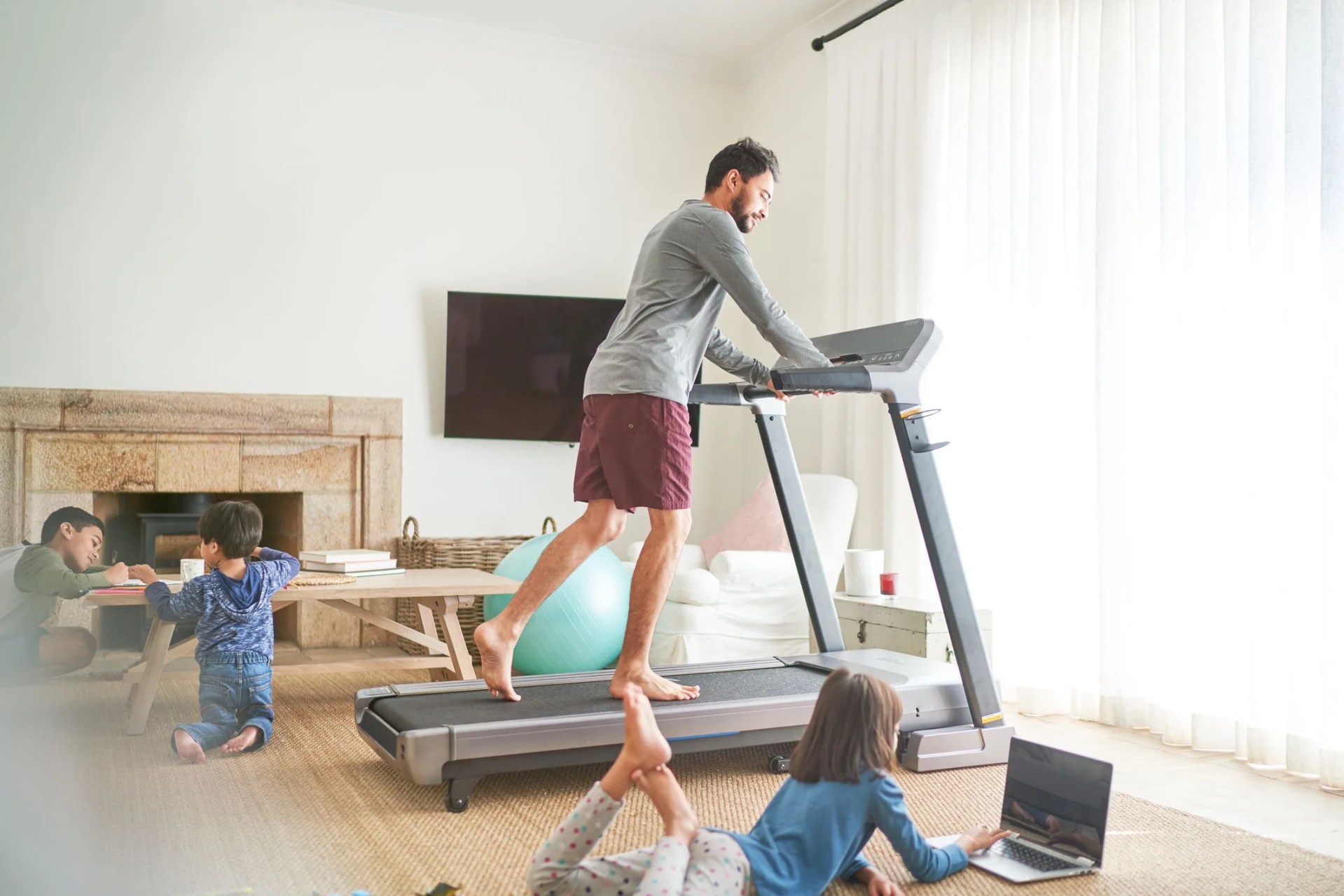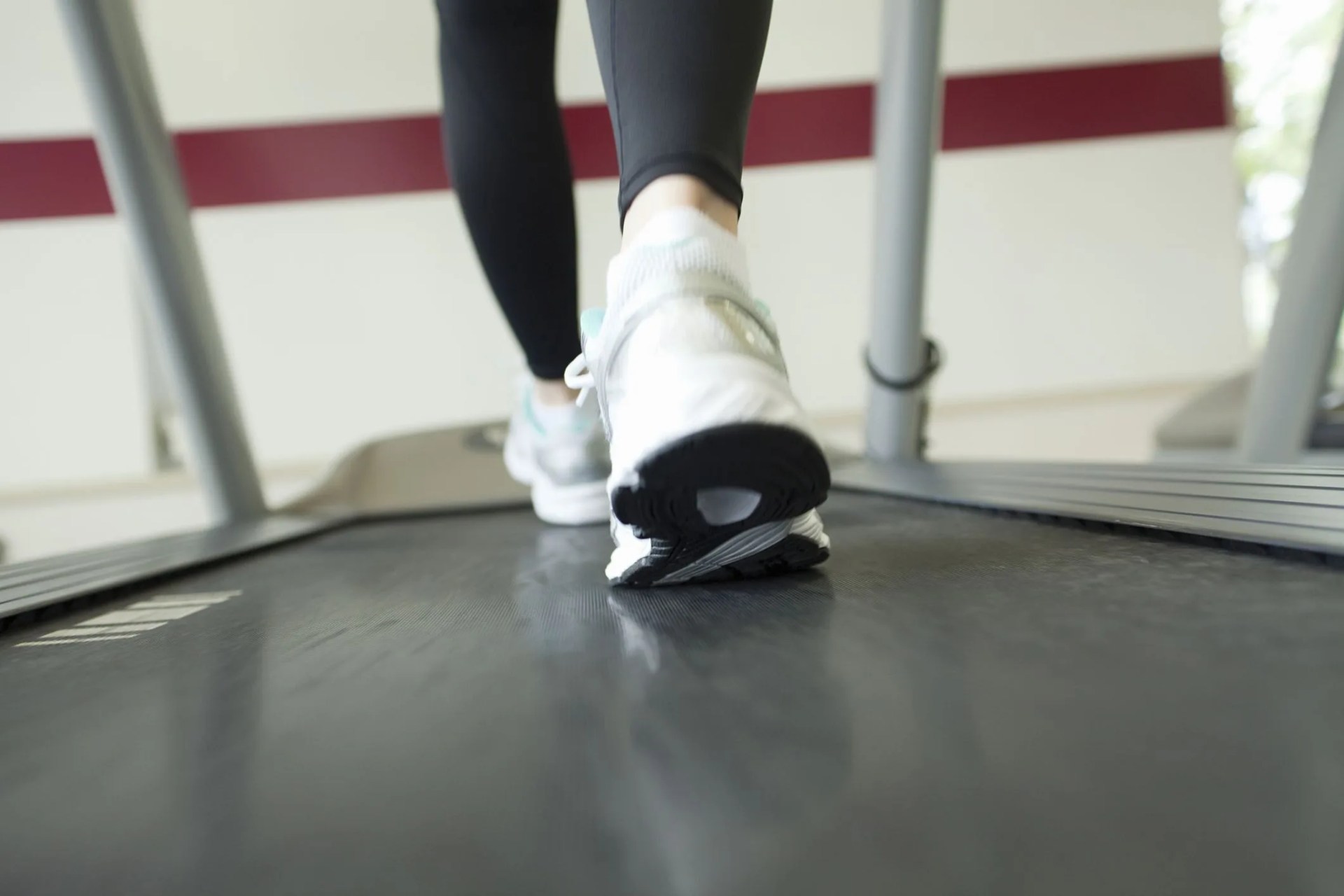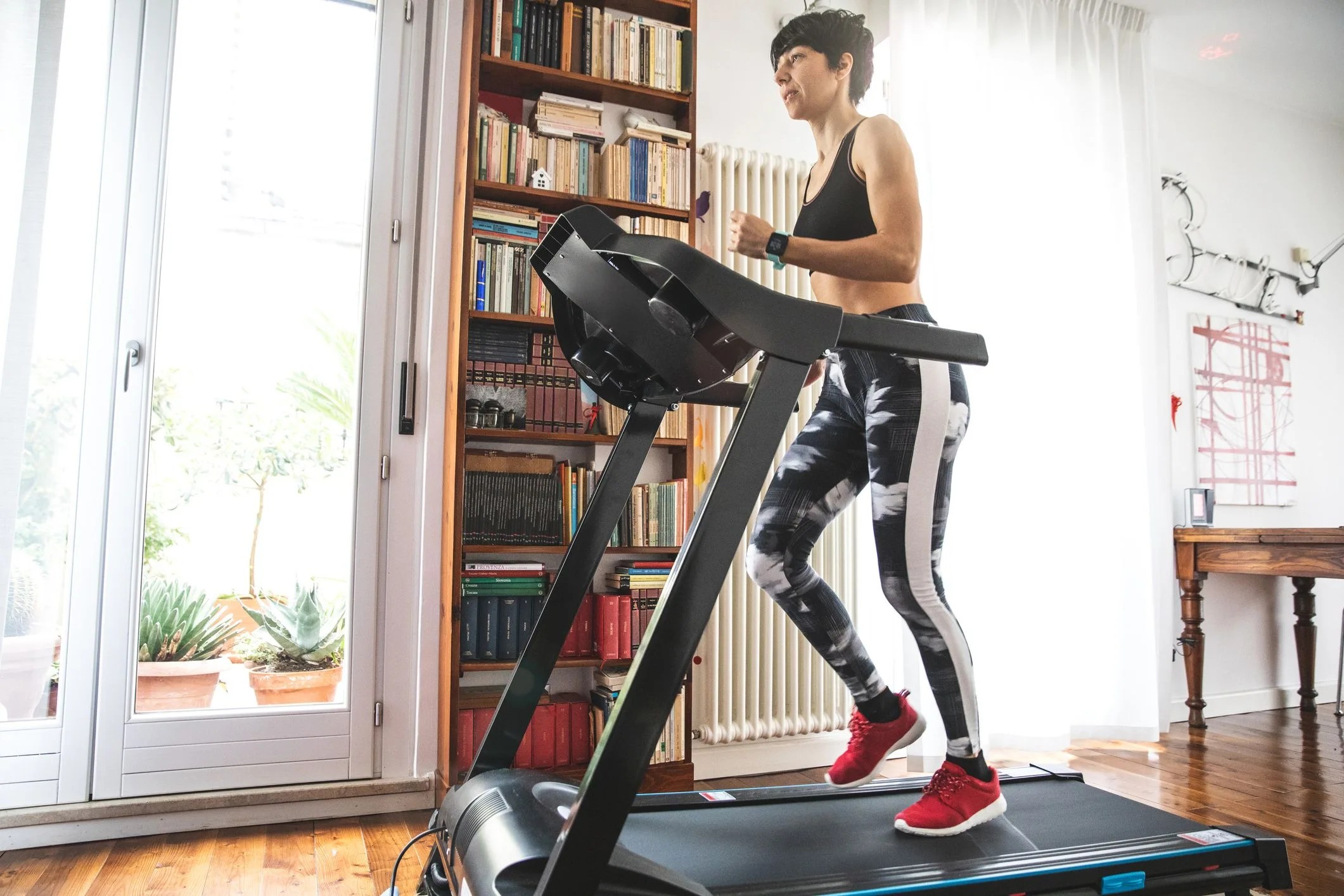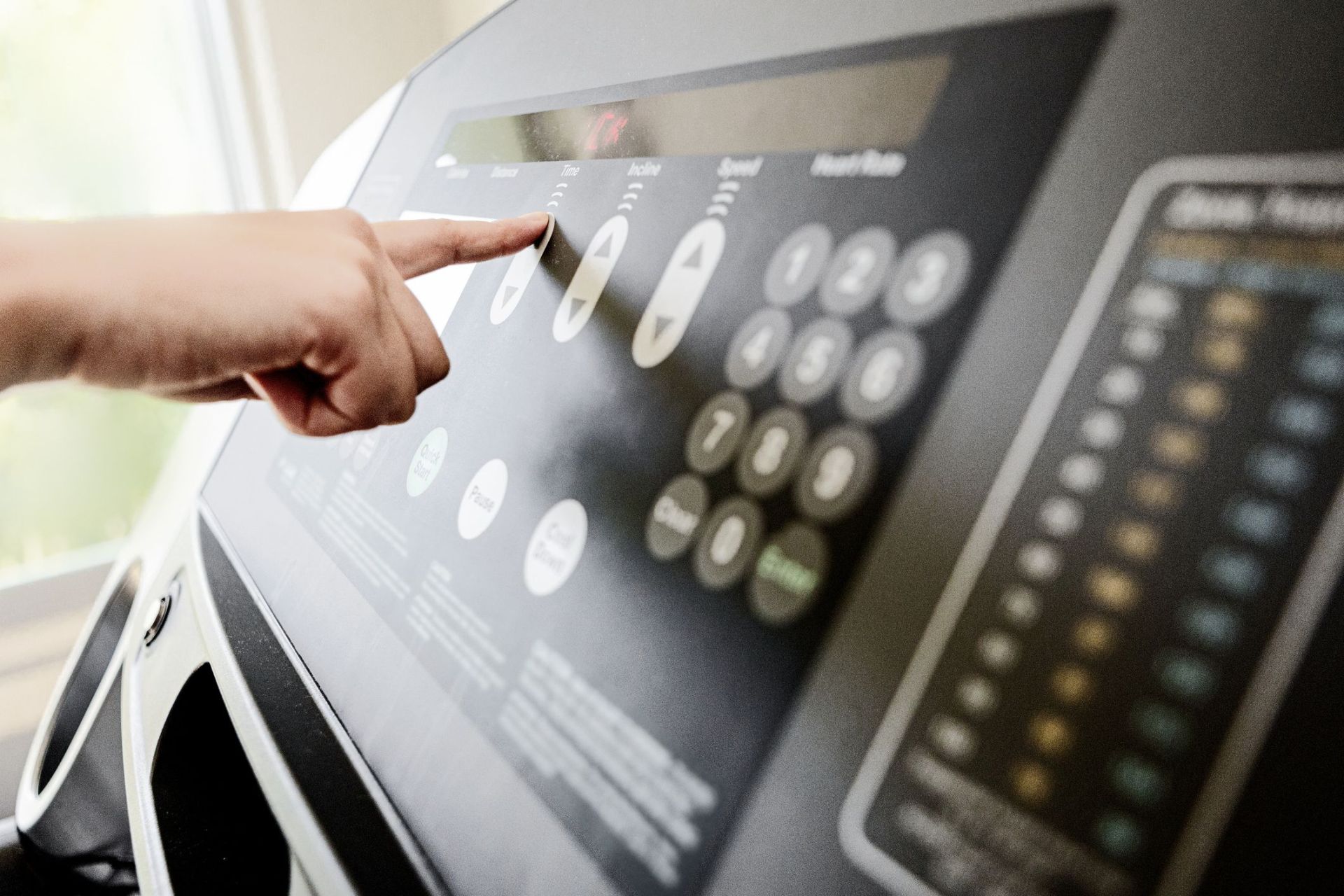Running atop a treadmill can be a great way to keep your cardio goals in-check, especially when the outside conditions warrant staying inside for your daily workouts. But while you’re pacing toward your goals and fitness aspirations, remember that your tried and trusted home gym equipment needs some tending to every once in a while, too.
Treadmills are pretty much plug-and-play devices for a bevy of fitness endeavors, but they can start to get out of whack over extended use — and we’re not talking about their part-time position as a handy clothes rack. One of the telltale signs that your treadmill is on the fritz lies in its speed readings. While your console may indicate you’re running at 7 miles per hour, your actual speed could be way faster or slower, and when striding toward specific split times, that difference can make it impossible to maintain accurate training levels.
While working out with inaccurate equipment may seem like a huge dilemma, particularly for data hounds wanting the most efficient regimens possible, there are work-arounds. For starters, let’s look at why your treadmill may be giving mixed signals, how to identify the problem and, ultimately, how to resolve your aerobic issues for the sake of better training ahead.
 Caia Image
Caia ImageReasons Why Your Treadmill Might Need Calibrated
There’s a handful of reasons why your treadmill may become out of calibration. One of the most common causes is simply extended use or age of the equipment itself. The internal motors can begin to slow or deteriorate over time, leading to less consistent output and results. Another factor to consider is the variety of athletes that use the treadmill regularly. Every body carries with it a unique frame and weight, which can cause extensive strain on the motor over repeated sessions. Think about it, when looking at the performance of your shiny pickup truck, does its engine run better when there’s no weight in the bed, or when it’s hauling a heavy boat or trailer from behind?
Lastly, your treadmill can begin to see calibration issues if you’ve recently moved or transported it from one setup to another. Face it, treadmills aren’t the lightest pieces of fitness equipment to move, and the occasional drop or bump off a corner can occur when trying to rearrange your abode for the sake of better training environments. This jostling can set the internal motors off kilter, requiring some attention down the road.
 UFO
UFO




